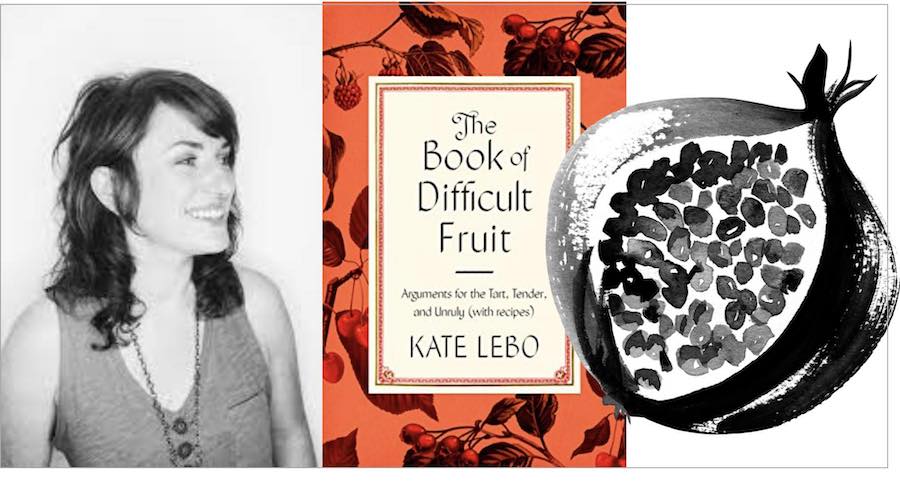

Blackberries, for example, are indelibly linked to smells, tastes, and memories of Lebo’s childhood: “To breathe deep was to be pierced by that scent.” Cherries, especially the maraschino variety, recall an aunt who died of cancer "when she was thirty-four and I was eight” Lebo believed that her aunt had "caught her disease" from eating processed food. What makes Lebo’s collection so distinctive is the way she interweaves stories about her own life into her celebrations of the fruits. She also discusses such delightfully unexpected home and self-care items as paper and cloth dye, lip balm, skin care masks, and even hiker’s toilet paper (thimbleberry leaves). None of these difficulties prevent the author from offering outstanding recipes for traditional fruity treats such as jams, jellies, pies, syrups, and smoothies. The Southeast Asian durian is "sensationally stinky," and yuzu trees take a decade to produce small harvests on thorny branches.

Blackberries, a central Asian import, have a "growth habit invasive.” Cherry pits contain amygdalin, which can be used to make almond extract in the presence of stomach acid, that same substance can create a toxin called hydrogen cyanide. What all these fruits have in common is some element that makes them problematic.

Others, like durian, medlar, and yuzu, are more exotic and harder to find in mainstream grocery stores. Some, like blackberries, cherries, pomegranates, and vanilla, are familiar. Lebo, currently an apprenticed cheesemaker in Spokane, Washington, presents an A-to-Z compendium of her favorite "difficult" fruits. A cookbook writer and poet offers a set of personal essays and recipes centered on fruits that present unique challenges and rewards to cooks, bakers, and food lovers.


 0 kommentar(er)
0 kommentar(er)
